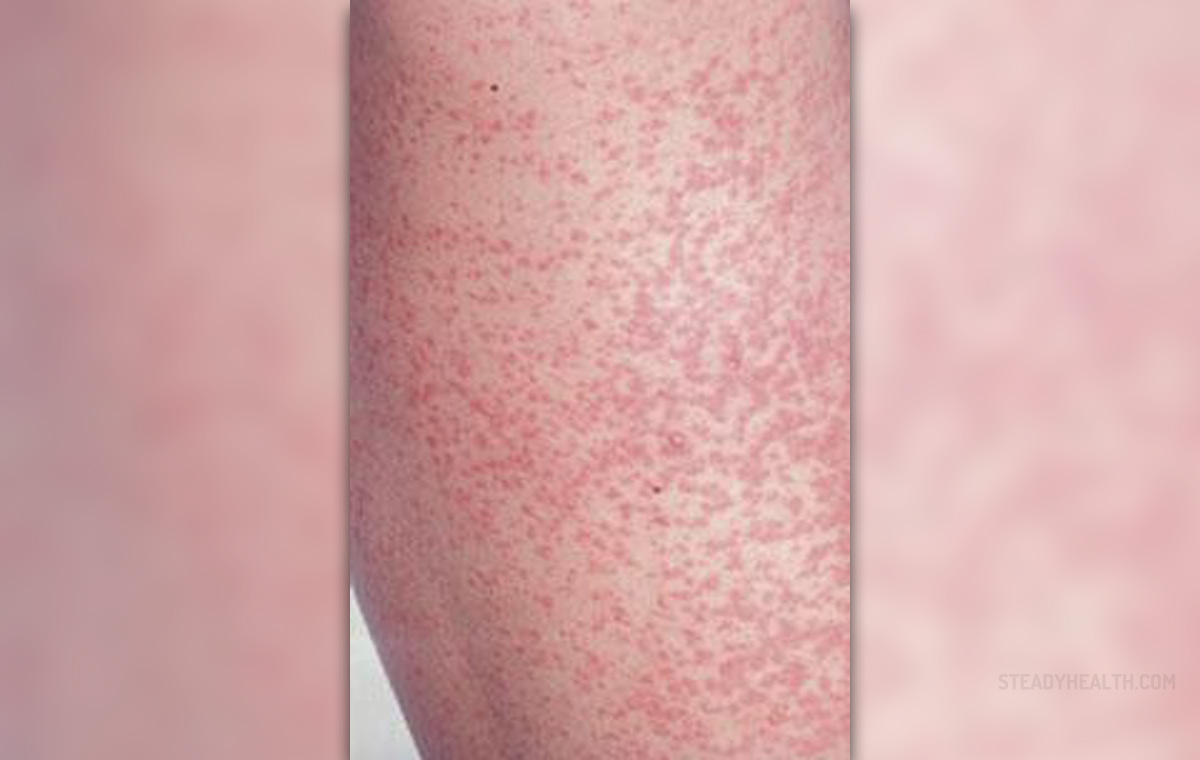
Rubella (German measles) is a viral infection affecting people of all ages. The very name Rubella originates from the Latin and means little red, which is a characteristic of rash associated with this viral infection. The name German measles is associated with the first description of the disease. Namely, the condition was first described by a group of German physicians in the middle of the 18th century.
Rubella is considered a common childhood infection which if contracted during pregnancy may cause severe damage to the unborn baby. The most complex damage occurs if the virus is contracted during the first 20 weeks of pregnancy. The affected baby develops congenital Rubella syndrome, a serious medical condition with a range of symptoms and signs most of which are incurable.
Symptoms are Similar to the Flu
Incubation period after exposure to Rubella virus is 2-3 weeks. Initially, symptoms resemble those of flu. Namely, patients first develop low grade fever, complain about headache and there may additionally be enlarged occipital and posterior cervical lymph nodes (lymph nodes located at the base of the skull and in the neck). Conjunctivitis and joint pain may be present as well. Soon after these symptoms occur patients develop characteristic skin rash, initially affecting the face, spreading down across the trunk to the extremities. The rash does not linger and tends to withdraw within a few days. In the majority of patients skin rash lasts for three days. The affected skin is pink or light red, the rash may be itchy and leaves no changes in skin's pigmentation.
The virus enters the body via the respiratory tract. Patients become contagious during incubation period and remain as such for approximately a week after the rash develops.
Even though the condition predominantly affects children it may occur in adults as well. Arthropathy is reported to occur more in adult patients. This is generally benign infection not associated with complex or severe complications unless it is contracted by pregnant women.
Congenital rubella syndrome affects babies whose mothers have not had the infection and develop it for the first time while they are pregnant. There is a whole range of defects that affect the baby including heart, cerebral, eye and auditory defects. The infection is also blamed for premature birth and low weight birth. Such children are prone to low platelet count and thrombocytopenia, anemia and hepatitis. Infection contracted during the first trimester interferes with the process of organogenesis resulting in many anatomical deformities and abnormalities. Miscarriage is frequent outcome if infection occurs during this most vulnerable period of pregnancy.
Prevention of Rubella Infection
Rubella infection can be successfully prevented if a person is vaccinated on time. Namely, the immunity against Rubella virus develops after the person receives a vaccine containing live, disabled virus. The vaccine allows the body to create sufficient amount of antibodies necessary for proper protection while at the same time although the virus is live, it is not present in sufficient number to trigger the illness.
Today this vaccine is a part of triple vaccine known as MMR, the vaccine that provides the immunity against measles, mumps and Rubella infection at the same time. The first dose of the vaccine must be administered between 12th and 18th month of age, while revaccination takes place at 36th month of age.
Management of Rubella
The infection in children and healthy adults does not require any special treatment. There are no medications such patients are administered that can eradicate the virus and accelerate recovery. Still, supportive measures and symptomatic treatment are regularly implemented. They prevent complications from occurring and allow the body to cope with the virus.
Treatment for congenital rubella syndrome is far more complex depending on defects these children have developed. Some complications may be brought under control with conservative treatment while others require surgical approach. Still in spite of all the attempts certain health issues associated with congenital rubella syndrome are simply incurable.
For instance, cataract and glaucoma are treated surgically. Certain heart defects may be also corrected with surgery although many of these are severe enough to cause lethal outcome within the first year of live.
Mental and motor retardation, common complications of congenital rubella syndrome, are incurable and remain for the rest of the patient's live. They cause severe disability. Hearing loss is also a frequent permanent complication of congenital Rubella infection that cannot be successfully cured.
The prognosis of Rubella infection is good if the condition is contracted by children and healthy adults. The outcome is not so good for pregnant women and their babies if the virus enters the body during the pregnancy. Prognosis of congenital Rubella infection is poor with high incidence of disability and many cases of lethal outcome due to a range of serious complications. Fortunately, vaccination prevents the occurrence of severe forms of the disease and reduces the number of children affected by congenital form of the disease.


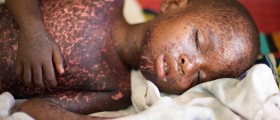



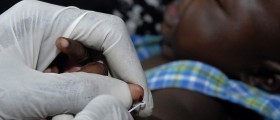


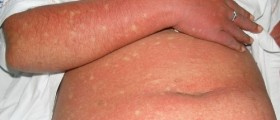
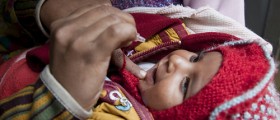


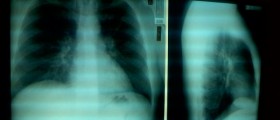


Your thoughts on this
Loading...